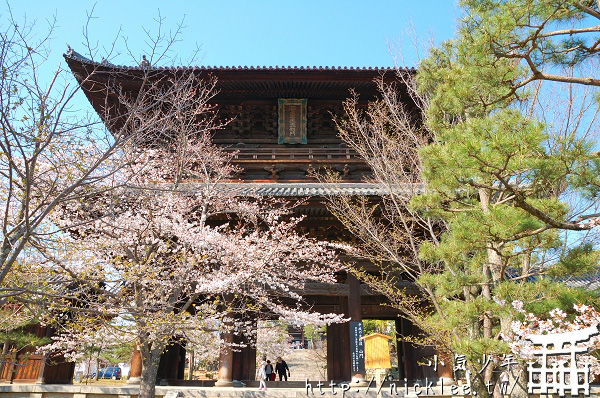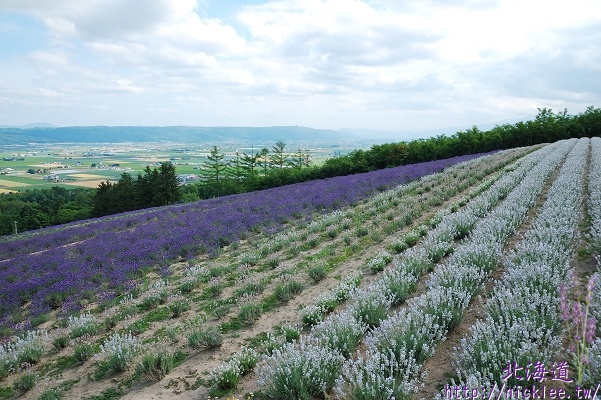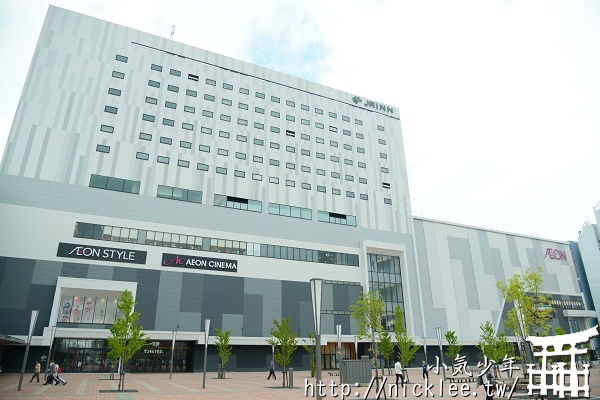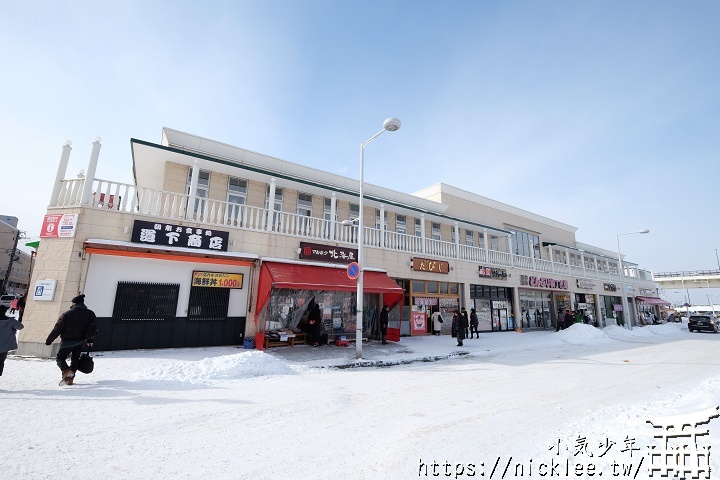Kurotani Konkai-Komyoji Temple, also known as the source of Mount Hiei, is a sacred Buddhist site in Japan’s modern history. It has gained some fame, for example, as the place of offering for NHK’s historical drama “Jiang (Princesses of the Warring States)”. In addition, it served as a stronghold for the Aizu Clan (Tokugawa camp) during the end of the Edo period and was the birthplace of the rise of the Shinsengumi. Therefore, it is an important historical landmark.
After getting off at the bus stop in Gangzaki Road, just walk into the alley and wander around, and you will be able to see the Konkai-Komyoji Temple. At the entrance of the Goryeo Gate.

There are many plaques and stone tablets.

This is also the cemetery of the Aizu Clan martyrs.

During the late Edo period, there was an organization under the protection of the Aizu domain in Kyoto called the Shinsengumi…

Very simple brand

Kurotani Konkai-Komyoji Temple is not a very famous cherry blossom viewing spot, so if you want to come here to see cherry blossoms, it is a good choice~ Of course… there is a reason why there are fewer people here.

When you walk in from the entrance, you can see the cherry blossoms planted along the road.

Panoramic View of Konkai-Komyoji Temple

Three Gates (Mountain Gate)

The explanation of the mountain gate suggests that this mountain gate was built in 1828.

Next to this mountain gate, there is a design that resembles a crossbow (Note: Internet user pshuang informed that this is a fence to prevent people from climbing up from the side).

The direction pointed by the arrow is right here. I don’t understand what’s so special about this place.

Head towards the Yukeido Hall.


From the top, you can see the mountain gate and the city area of Kyoto. However, the air quality is not very good.

Arrived at Yukeido Hall.

Amidatang

The amulets here mainly feature the image of Bodhisattva Manjushri crossing the sea, with a lion as the mount underneath.

Kibi no Makibi, also known as Kibi Kannon, was a legendary envoy to Tang Dynasty during the Nara period. It is said that Kibi no Makibi invented the current Katakana script (although current research suggests it was not solely his effort).

I don’t know why, but I forgot to go and visit the Abbot. Maybe the Abbot was not available, so I didn’t go to see him. Instead, I came over to this pagoda by the river.

It’s just that simple.

There is a flight of stairs next to the pagoda, so let’s continue walking up.

Halfway up, I got tired, so I took a break.

Pretending to take photos in downtown Kyoto.

Finally, I saw the Wenshu Pagoda (also known as the Triple Pagoda). The Wenshu Pagoda was built in 1633 and enshrines the Bodhisattva Manjushri. However, it is not open for visitation.

After climbing up to Wenshu Pagoda, the scenery is quite nice~

There are still cherry blossoms here.

Finally, let’s climb down… XD The three gates when leaving.

Above is a brief introduction to the Kurotani Konkai-Komyoji Temple. If you are a fan of the history of the Shinsengumi, I recommend coming here to take a look. However, if you are not a history enthusiast, please consider your own situation before deciding whether or not to come here. Please note that we are not responsible for any possession or following that may occur as a result.
Kurotani Konkai-Komyoji Temple (official website)
Address: Kurotani-cho 121, Sakyo-ku, Kyoto City
Transportation: Take Kyoto City Bus and get off at Okazaki Michi (Bus No. 32, 100, 203, 204), then walk for 10 minutes. Alternatively, get off at Higashi Tennocho (Bus No. 5) and walk for 15 minutes.
Map:
Konkai-Komyoji Temple can be a bit difficult to find. It is recommended to take a Kyoto City bus to Okazaki-michi and follow the route shown in the map below.

『Original Source:https://nicklee.tw/1006/』





